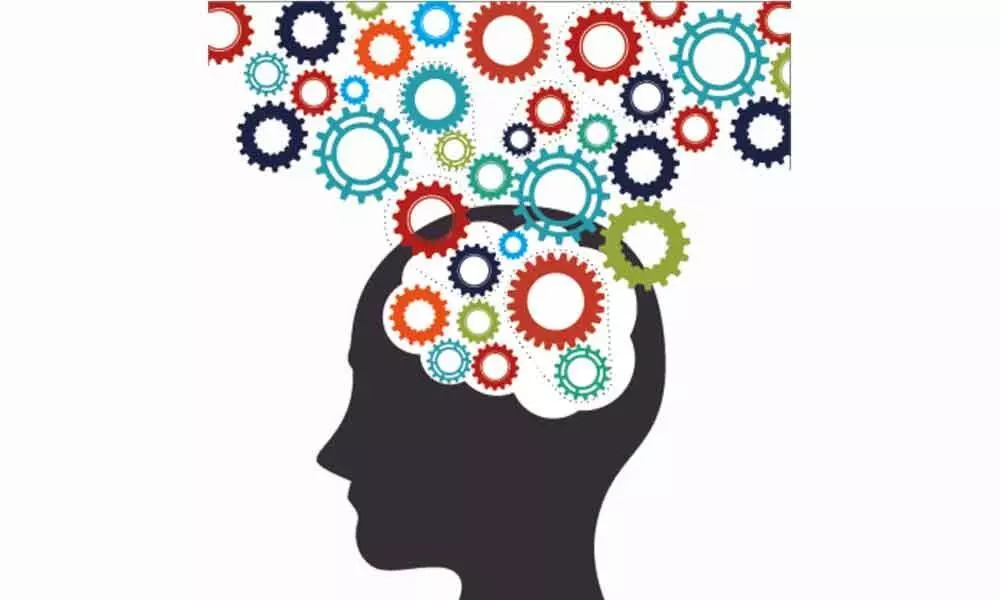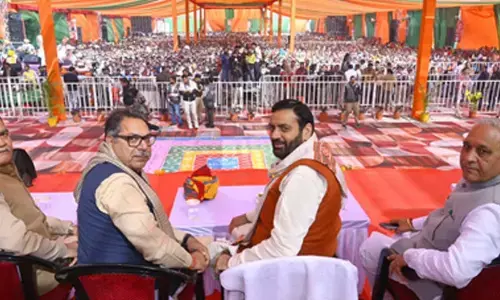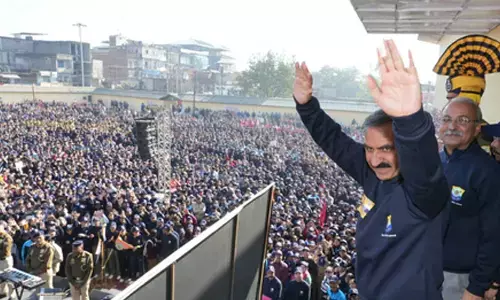Working Memory

How do you keep everything in mind when solving tough problems? When you read a book, listen to a podcast or have a conversation–how does your brain hold onto all the information?
How do you keep everything in mind when solving tough problems? When you read a book, listen to a podcast or have a conversation–how does your brain hold onto all the information?
The answer is something psychologists call working memory.
Unlike long-term memory, which I've covered in-depth here, working memory isn't about remembering the past. Instead, it's about holding together the present in your mind so you can learn, make decisions and solve problems.
Working memory is essentially your mental bandwidth. If you have a good working memory, or can use yours more effectively, you can think and learn better. Thus, understanding this important facet of your mind is essential for anyone who wants to perform better in work, school and life.
To give you that understanding, I've collaborated again with Jakub Jilek, who has his masters in cognitive science and is currently studying for his PhD. We've put together a full guide to explaining what your working memory is, how it works, and most of all–how you can apply simple methods to think and learn better.
What is working memory? The easiest way to understand working memory is by visualizing it as a carpenter's workbench:[1] The carpenter temporarily places tools and materials on the workbench as she builds new products. The workbench has a small size – only a few items can be placed on it at once.
Similarly, you temporarily store information in your working memory when you're solving a problem or making a decision. Working memory also has a small capacity – it can only hold a few items at once.
However, the workbench is not just for keeping materials in one place. It's a workspace – the carpenter uses it to combine different materials to create new products. Similarly, working memory is not just a simple storage. Working memory enables you to generate new thoughts, change them, combine them, search them, apply different rules and strategies to them, or do anything else that helps you navigate your life.
By enabling all of these functions, working memory underpins your thinking, planning, learning and decision-making.
Scientists have developed various models of working memory. In this guide, we will draw on the most popular model, which has been developed by Alan Baddeley.[2]According to this model, working memory can be divided into four components:
The first component is called the phonological loop. It's essentially a storage of sounds – it allows you to temporarily memorize digits, words and sentences (by the way they sound).
The second component is called the visuospatial sketchpad. As the name suggests, the sketchpad stores two- and three-dimensional images of objects.
The third component is the central executive. Its main responsibility is directing attention and manipulating information.
Using our workbench analogy, you could think of the phonological loop and the visuospatial sketchpad as two different vises that hold materials in one position. Each vise can hold a different kind of material (such as wood or metal). Similarly, the phonological loop can hold sounds and the visuospatial sketchpad can hold images.
You could think of the central executive as the carpenter herself. The carpenter decides which tools and materials to use in the same way as the central executive decides which things to pay attention to. She shapes metal and wood by using chisels, saws and drills to create a new product such as a chair. Similarly, the central executive re-arranges ideas and applies the rules of grammar, logic or algebra to come up with a solution to a problem or make a decision.
Baddeley's model also has a fourth component ("episodic buffer") which we won't cover here because it's not so well researched as the other three components.
You may have also heard of the term "short-term memory". Scientists currently use this term when they talk about a simple temporary storage (but not manipulation) of information,[3] which can be of any kind (visual or auditory). The term "working memory" is used to talk about the whole storage and manipulation system.
Source: www.scotthyoung.com
















